Understanding Tarantulas Behavior
Before you even think about picking up a tarantula, it’s crucial to understand their behavior. Tarantulas, despite their intimidating appearance, are generally not aggressive. However, they are defensive creatures and will react when they feel threatened. Their behavior can vary depending on the species, their environment, and their individual personality. Observing your tarantula’s habits, such as its feeding patterns, molting cycles, and general activity levels, provides valuable insights into its overall well-being and mood. Understanding these basics will allow you to better anticipate their reactions and handle them more safely and responsibly. Remember, a calm tarantula is a safer tarantula. Knowledge is your best tool, and it starts with understanding their natural inclinations.
Common Tarantula Species and Temperaments
Different tarantula species possess varied temperaments. Some, like the Mexican Red Knee, are known for their docile nature and are often favored by beginners. Others, such as the Chaco Golden Knee, can be more skittish but usually remain manageable. It is important to research the specific species you have to understand its potential behavior. Some species may be more prone to flicking urticating hairs (tiny, irritating hairs) as a defense mechanism, which can cause skin irritation or respiratory problems. Always research the species’ temperament before you handle it. Avoid handling any tarantula if you are unsure of their behavior or if it is known to be defensive. Never make assumptions; always prioritize safety and research the species’ traits, as this knowledge is critical in handling them responsibly.
Defensive Behaviors to Watch For
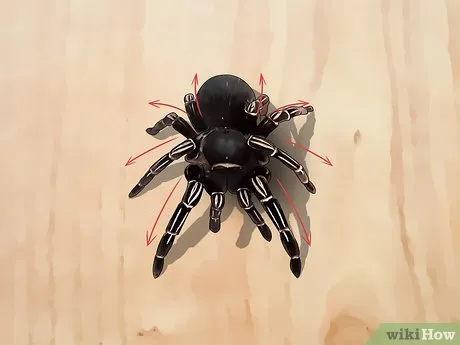
Tarantulas display several defensive behaviors you should be aware of. The most common are flicking urticating hairs from their abdomen, raising their front legs in a threat posture, and, in rare cases, biting. Urticating hairs can cause intense itching and irritation to the skin and eyes. The threat posture is a clear signal that the tarantula feels threatened and could be about to strike. Be extremely cautious if your tarantula exhibits these behaviors. A defensive tarantula should never be handled. Always provide ample space and a safe environment for the tarantula to retreat if it feels threatened. Recognizing these warning signs is key to preventing a negative interaction and ensuring your safety. Observing your tarantula’s behavior closely will help you recognize stress signals and avoid potential problems.
Preparing for Handling
Before you even think about handling your tarantula, preparation is key. Handling should not be taken lightly, and it is often unnecessary. Only handle your tarantula if there is a specific reason, such as cleaning the enclosure or a necessary health check. If you must handle it, do so in a safe and controlled environment. Always ensure you are calm and collected, as your stress can transfer to the tarantula. Plan the handling session ahead of time, and make sure you have all the necessary equipment readily available. Any unnecessary handling can cause stress and be potentially harmful. If possible, consult with an experienced tarantula owner or a veterinarian familiar with arachnids for advice.
Gathering the Right Equipment
Proper equipment is essential. You should always have a clear, escape-proof container ready in case the tarantula escapes during handling. A soft brush or paintbrush can be used to gently guide the tarantula into the container or onto your hand. Avoid using tools with sharp edges or that could potentially harm the spider. Have a pair of tongs or forceps readily available if you need to move the tarantula, but use them with extreme caution. Additionally, consider wearing gloves, especially if you are handling a species known for its urticating hairs or defensive behavior. Always wash your hands thoroughly before and after handling to prevent the spread of any potential contaminants. Ensure all equipment is clean and ready before you even approach the enclosure.
Creating a Safe Handling Environment

Choose a location for handling that is free from distractions and potential hazards. A well-lit, enclosed space, such as a bathtub or a room with closed doors and windows, is ideal. This will minimize the risk of the tarantula escaping. Clear the area of any clutter, furniture, or anything else that could obstruct your movements or provide a hiding place for the tarantula if it escapes. If the tarantula does get away, having a simple room will make it much easier to find. Ensure the temperature and humidity are appropriate for the tarantula’s species. Avoid handling near loud noises or sudden movements, as these can startle the tarantula. Prepare the handling area in advance so that you can focus solely on safely managing the tarantula.
The Proper Picking Up Technique
The most important aspect of picking up a tarantula is to do so gently and with respect for the animal. Always approach the tarantula slowly and calmly. Do not make any sudden movements that could startle the spider. Never try to grab or force the tarantula. The goal is to encourage the tarantula to move where you want it to go, not to capture it by force. If the tarantula is not in a position where you can safely pick it up, it is best to leave it alone. Do not take unnecessary risks. Patience and a slow, deliberate approach are key to successful and safe handling.
Approaching the Tarantula Calmly
Your demeanor is crucial. Approach the enclosure slowly and avoid making sudden movements or loud noises. Speak in a calm, soothing voice. Observe the tarantula’s behavior before attempting to handle it. If it appears agitated, wait until it has calmed down. Avoid approaching the tarantula from above, as this can be perceived as a threat. Instead, try to approach from the side, allowing the tarantula to see you clearly. Your calm, relaxed attitude will help to reassure the spider, reducing the likelihood of a defensive reaction. Be patient and take your time, allowing the tarantula to adjust to your presence.
Using a Soft Brush or Cup to Guide
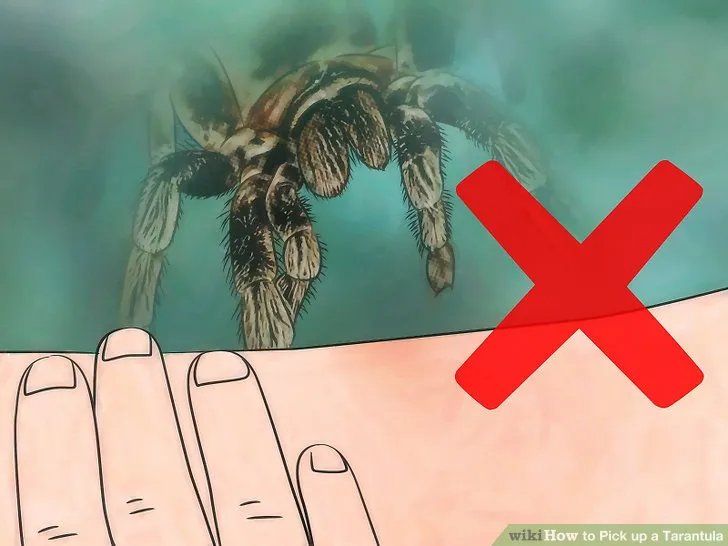
A soft brush or paintbrush can be a valuable tool for guiding a tarantula. Gently use the brush to encourage the spider to move. You can lightly touch its legs or body, guiding it in the direction you want it to go. Never force the tarantula; the goal is to persuade it to move voluntarily. Another option is to use a clear plastic cup. Gently place the cup over the tarantula, allowing it to walk onto the surface. Then, carefully lift the cup, supporting the tarantula with your other hand. This method allows you to control the movement while minimizing direct contact. Be patient and gentle. The brush or cup should only be used to direct movement, not to trap or coerce the tarantula.
Lifting the Tarantula Gently
If you feel comfortable, you can gently lift the tarantula onto your open hand. Support the spider from underneath, allowing it to walk onto your palm. Do not try to grab the tarantula. Your goal is to provide a stable surface. Always keep your hand close to a surface, such as a table or the floor, to minimize the distance the tarantula could fall. Handle the tarantula for only a brief period. Be ready to react if the spider makes any sudden movements or shows signs of distress. If the tarantula starts to move rapidly or show signs of distress, carefully place it back into its enclosure or the prepared container. Prioritize the spider’s comfort and safety above all else. Avoid quick movements and ensure the spider feels secure.
Post-Handling Procedures
Once the handling session is complete, follow proper post-handling procedures. This is essential for both your safety and the tarantula’s well-being. After handling, always inspect the tarantula and its enclosure to ensure everything is in order. Also, thoroughly clean and sanitize any equipment used during the process. Following these steps helps prevent potential issues and ensures both you and your pet remain healthy and safe.
Inspecting the Tarantula After Handling
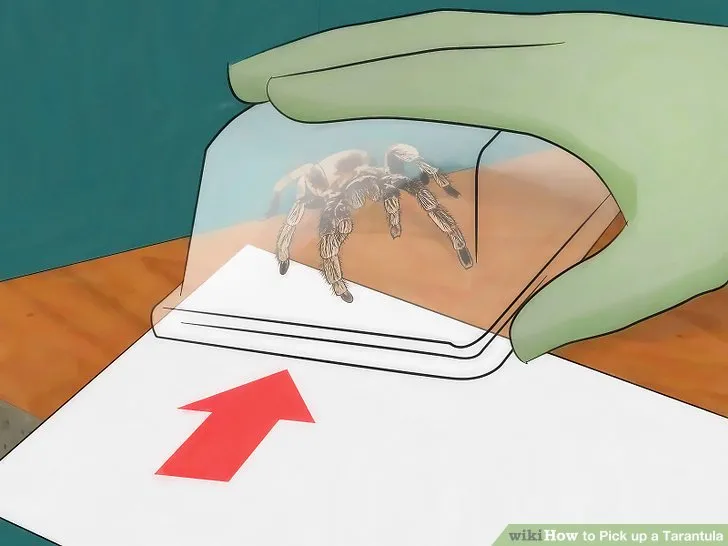
After handling, visually inspect the tarantula for any signs of injury. Check its legs, body, and fangs for any damage. Ensure the tarantula is moving normally and doesn’t appear to be distressed. If you notice any injuries, consult with a veterinarian or an experienced tarantula keeper. Observe the tarantula’s behavior over the next few days. If its activity levels are low or if it stops eating, there might be a problem. Pay attention to any unusual changes in behavior. Also, inspect the enclosure for any changes and ensure everything is as it should be, including humidity, temperature, and the general condition of its habitat.
Cleaning and Sanitizing Your Equipment
Thoroughly clean and sanitize all the equipment used during the handling session. This includes the brush, cup, tongs (if used), and any other tools that came into contact with the tarantula or its enclosure. Use a suitable disinfectant that is safe for reptiles and arachnids. Follow the manufacturer’s instructions for dilution and use. After cleaning, allow all equipment to dry completely before storing it. Proper cleaning and sanitation help prevent the spread of any potential pathogens or contaminants. Maintaining clean equipment is a crucial part of responsible tarantula care and prevents potential health issues for both you and your pet.
Handling Risks and Precautions
Even with careful handling, there are always risks involved. It is important to understand these risks and take the necessary precautions. Being prepared for potential issues can help minimize risks and ensure your safety and the safety of your tarantula.
Recognizing Stress Signals in Tarantulas
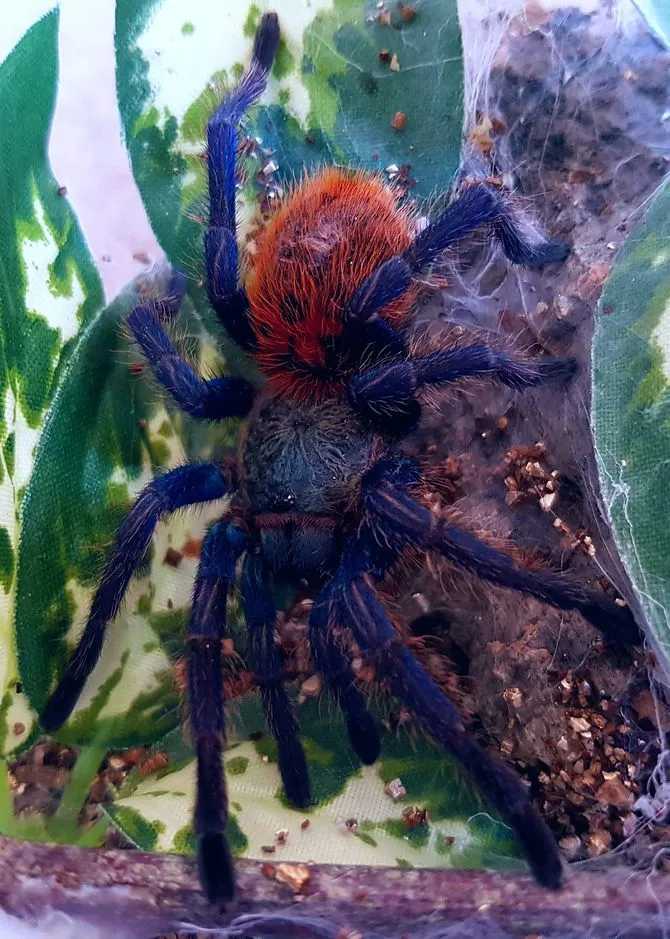
Learn to recognize the signs of stress in your tarantula. These can include raising its front legs, flicking hairs, or exhibiting erratic movements. A stressed tarantula is more likely to bite or display other defensive behaviors. If you notice any signs of stress, immediately stop handling the tarantula and allow it to return to its enclosure. Watch out for changes in posture, like the tarantula standing on its toes or hunching its body. Also, observe its overall behavior for any unusual changes. It is better to be overly cautious and to avoid handling a stressed tarantula. Regularly observing your tarantula will help you understand its normal behavior and recognize signs of stress.
Dealing with Bites or Defensive Hairs
If bitten, remain calm and assess the situation. Most tarantula bites are not life-threatening, but they can be painful. Clean the wound thoroughly with soap and water. If you experience any severe symptoms, seek medical attention immediately. If the tarantula flicks hairs, avoid scratching the affected area, as this can make the irritation worse. Rinse the area with water, and consider using adhesive tape to remove the hairs. Antihistamines can help relieve itching. Remember that prevention is the best approach. By understanding your tarantula’s behavior and using proper handling techniques, you can minimize the risk of bites or exposure to defensive hairs.
Avoiding Common Handling Mistakes
Avoid common handling mistakes such as overhandling, grabbing the tarantula, or failing to provide a safe environment. Always handle your tarantula in a controlled environment. Limit the duration of handling sessions. Never grab or attempt to force the tarantula. Always be patient. Be prepared to end the session at any moment. By avoiding these mistakes, you can protect yourself and your tarantula. These precautions will help ensure a safe and positive experience for both you and your pet. Proper handling techniques will enhance your enjoyment of your tarantula without exposing it to unnecessary stress or risk.
Overhandling Your Tarantula
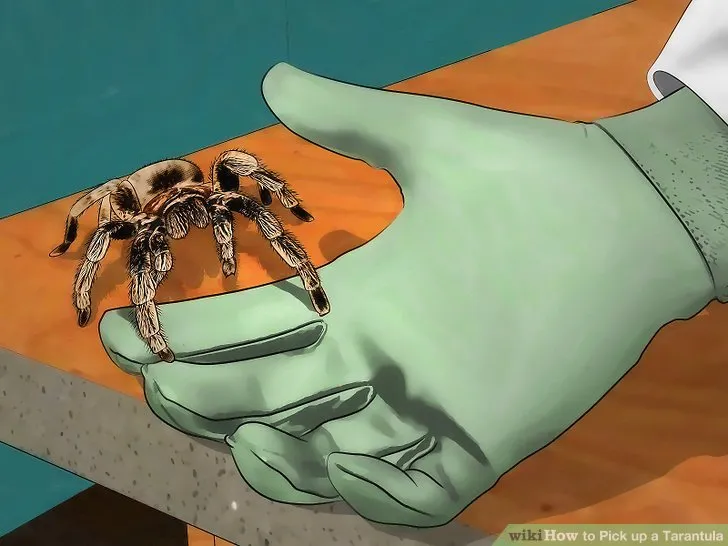
Overhandling can cause significant stress to your tarantula. Limit handling to only when necessary, such as during enclosure cleaning or health checks. Avoid handling the tarantula simply for the sake of it. Frequent handling disrupts their routine and can increase their stress levels. The best way to handle your tarantula is to leave it alone. Observe its behavior, feed it regularly, and ensure its enclosure is clean and well-maintained. If you must handle the tarantula, keep the session brief and move slowly.
Grabbing or Pinching the Tarantula
Never grab or pinch the tarantula. This can cause serious injury and distress. Tarantulas are fragile creatures. Forcefully handling a tarantula can cause damage to its legs, fangs, or abdomen. Moreover, being grabbed can trigger a defensive reaction, such as biting. Always use the gentle methods, such as a brush or a cup to guide the tarantula. Respect your tarantula’s space and recognize its vulnerability. Always approach the tarantula calmly, allowing it to make its own decisions and movements. Patience and respect are key when interacting with a tarantula.
Best Practices for Safe Tarantula Handling
Following best practices for safe tarantula handling is essential. Always prioritize the tarantula’s welfare. Handle only when necessary, and use a calm and gentle approach. Always have a plan, and be prepared for any situation. Research your species. Take the time to educate yourself on your tarantula’s behavior and handling. Maintain a safe and clean environment. By adhering to these guidelines, you can enhance the safety of both you and your pet. This approach is essential for creating a harmonious and rewarding experience for you as a tarantula owner. Remember, responsible tarantula ownership means prioritizing safety, respect, and well-being.
